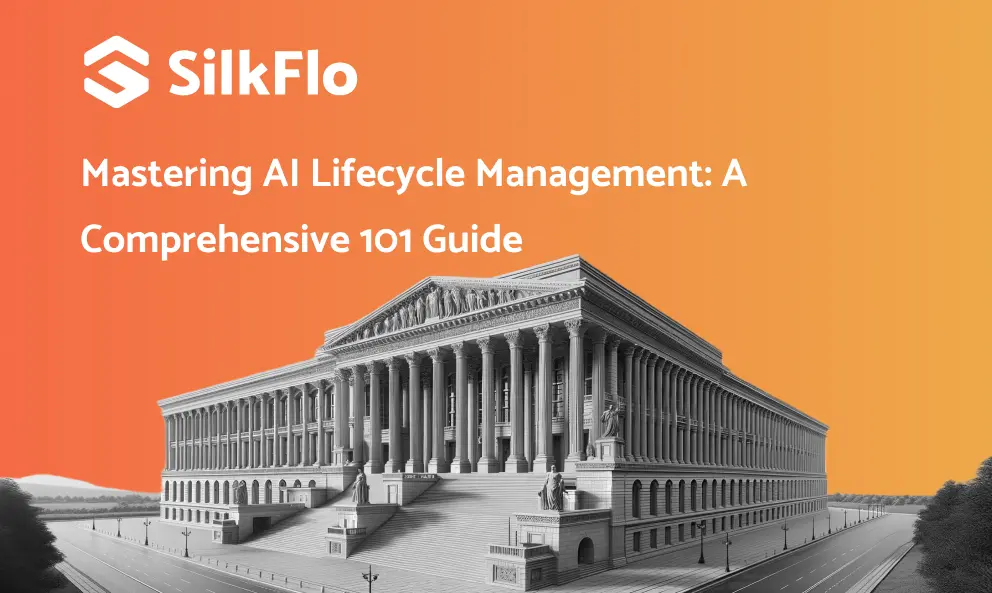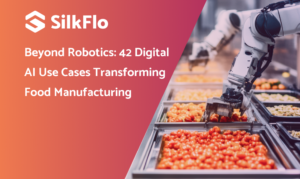Welcome to the definitive guide on AI Lifecycle Management from SilkFlo. As we delve into the world of artificial intelligence, we need to understand not just the potential of AI but also how to manage its lifecycle effectively so that we’re not overtaken by the hype.
This two-part guide is designed to walk you through every stage of AI lifecycle management, from the initial spark of an idea to assessing, prototyping, building, deploying and eventually scaling your AI projects.
Whether you’re a seasoned AI leader or just starting out, this comprehensive overview will equip you with the knowledge and tools needed to adopt AI responsibly.
The Importance of AI Lifecycle Management
In today’s fast-paced digital world, AI has become a cornerstone of innovation across industries. However, the success of AI projects hinges not only on the technology itself but also on how well they are managed from conception to deployment and beyond.
AI lifecycle management is not to be confused with AI model lifecycle management. The latter is more focused on the technical side of designing, developing, and deploying AI and machine learning models, whereas this article will focus on the more strategic side.
Effective AI lifecycle management ensures that projects are aligned with business goals, meet technical and ethical standards, and ultimately deliver tangible value. It’s the difference between AI projects that flounder and those that flourish.
What You Will Learn from Part 1 of This Guide
In this first part, you’ll learn about the stages of the AI project lifecycle, including ideation, high-level assessments, detailed assessment, and the crucial question – whether to build or buy. We’ll cover best practices for each stage, common pitfalls to avoid, and strategies for success.
By the end of this guide, you’ll have a solid foundation in AI lifecycle management, empowering you to lead and scale AI projects to success.
Stage 1: Capture – Ideation and Opportunity Identification
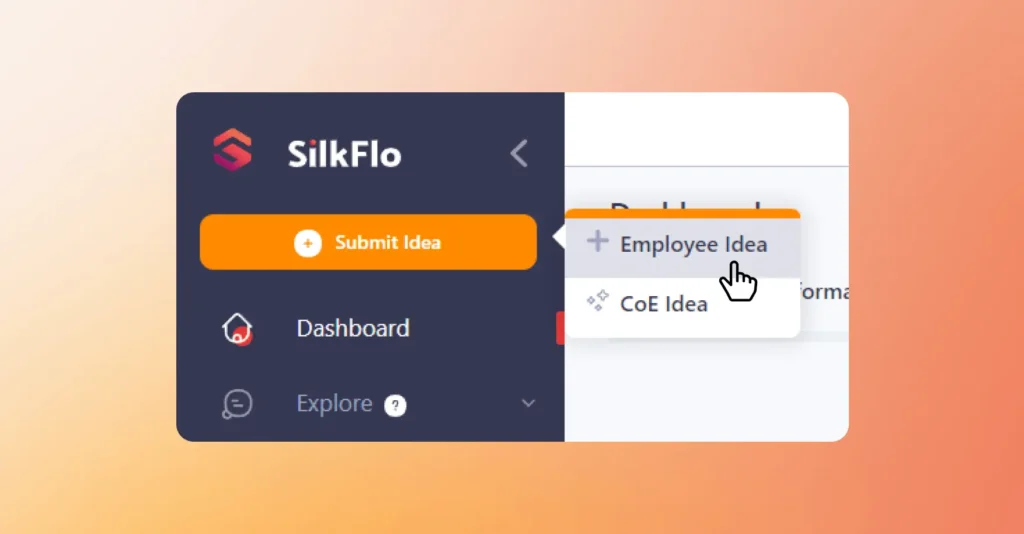
Spotting Opportunities for AI in Your Organization
The journey to integrating artificial intelligence into your business begins with a crucial step: ideation and opportunity identification. Some may call this the Capture or the Discovery phase. In SilkFlo, we call it Capture, but it’s pretty much the same thing. This stage in AI lifecycle management is about uncovering the potential use cases for AI within your organization.
If you’ve already completed previous technological implementations such as Robotic Process Automation (RPA) and Intelligent Document Processing (IDP), then you’ve got a great foundation – the process is very similar! However, AI brings a unique focus on unstructured data and creativity.
Discovering ideas and use cases for AI requires a keen understanding of your organization’s operations, challenges, and goals. You need to be asking the right questions. Start by looking at your processes and the problems your workforce and customers face – while understanding the capabilities and limits of AI.
Here are some steps to guide you in identifying high-value AI opportunities:
- Identify Key Business Functions and Roles: Begin by pinpointing the roles and functions critical to your revenue generation. Whether it’s software developers in a tech company or consultants in a management consultancy, understanding the most time-consuming tasks these key players perform is essential. AI can often speed up or completely automate these tasks (when paired with complimenting technologies like RPA or iPaaS), freeing up valuable human resources for more strategic work.
- Examine Core Revenue-Generating Processes: Take a close look at the processes at the heart of your organization’s revenue. Industries like pharmaceuticals are already leveraging AI to accelerate drug discovery, significantly cutting down time and costs. Similarly, marketing and sales departments are using AI to enhance productivity and effectiveness, from AI-generated summaries of sales calls to AI-powered graphic design tools. Identify and ideate where AI can streamline these core processes.
- Consult with Department Leaders: Engage with the heads of each department to list down the most manual, repetitive, time-intensive, and even creative tasks. This step is about understanding which processes are ripe for AI-enhanced speed, accuracy, or even complete automation.
- Analyze the Customer Journey: Utilizing your first-party data, analyze the customer journey for each product line. Identify points of dissatisfaction or excessive friction, such as long wait times for customer responses. AI can often provide solutions to improve customer experience dramatically.
- Identify Information-Intensive Tasks: Look for roles or tasks within your organization that involve extensive reading, summarizing, and synthesizing of text-based information. Legal departments reviewing contracts, for example, can benefit greatly from AI’s ability to summarize and synthesize information efficiently.
- Evaluate Data-Driven Decisions: Consider the decisions your organization regularly makes that are informed by large volumes of data. AI models can often make these decisions more accurately and cost-effectively than traditional methods.
- Encourage Innovation through Hackathons: Organizing a hackathon or an innovation challenge can spark creativity among your employees. Encouraging them to experiment with pre-built large language models and open-source tools can lead to innovative ideas that leverage AI in ways previously unconsidered.
- Standardize Idea Capture at scale: Use a dedicated tool for AI and automation that has an idea capture feature, like SilkFlo. With just a link, your entire workforce can sign in using SSO and easily submit ideas for your AI team to review and assess. You can’t beat organic ideation!
- Process mining tools: while mostly suited for automation or process improvement, process mining tools can be a great (albeit intrusive and costly) way to understand company processes on a technical level, usually via machine event logs. When paired with other methods, it can be a powerful, data-driven way to uncover use cases that aren’t mentioned by the workforce. Use the SilkFlo API to automatically populate your pipeline from upstream process mining solutions.
- Understand when to use AI, and when not to: AI, especially generative AI, in its current form, is not a silver bullet. It can be prone to hallucinations, hacking, data leaks, and skyrocketing usage costs. Make sure you have a dedicated team (Center of Excellence) with the capability to identify when an idea is best suited to process improvement, process automation, or AI technology. This could save you a lot of headaches in the long run!
By engaging with your organization at multiple levels and through various lenses, you’re likely to uncover a wealth of opportunities (a pipeline) where AI can make a significant impact.
Remember, the potential for AI to enhance efficiency, accuracy, and customer satisfaction exists in nearly every corner of your organization. Including a diverse range of employees in the ideation stage not only broadens the scope of ideas generated but also ensures that the AI solutions developed are aligned with your business goals and capable of delivering real value.
The benefits of an AI registry
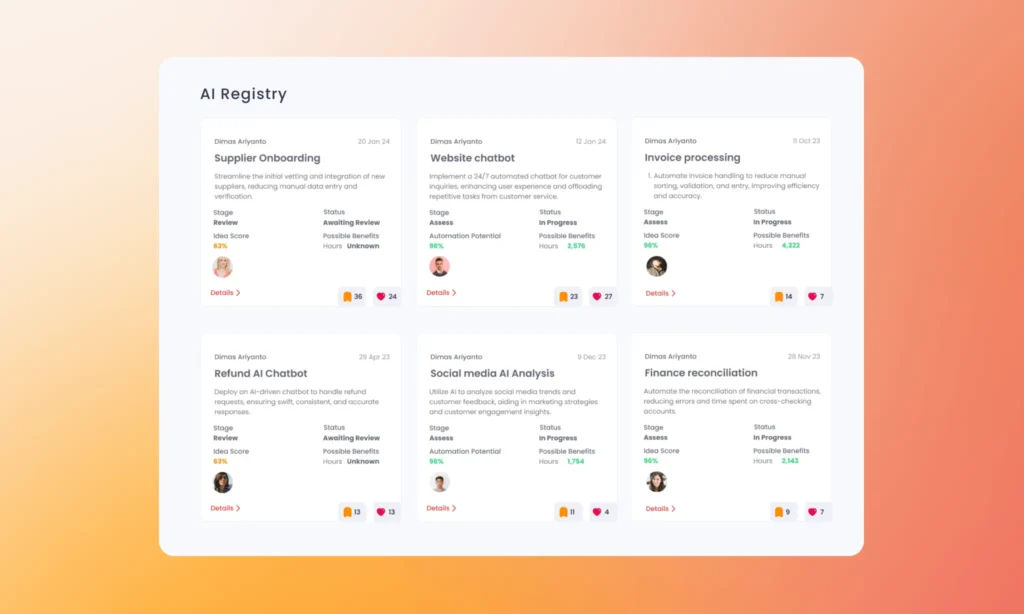
With your pipeline of AI opportunities growing, it’s crucial to store those ideas in an AI registry or repository. An AI Repository serves as a centralized database or ledger within an organization, providing comprehensive oversight of all AI initiatives. By maintaining this repository, companies can effectively track and manage AI projects, identify project ownership, and determine the individuals responsible for reporting outcomes.
This systematic approach enhances transparency, accountability, and visibility. It empowers businesses to confidently navigate the rapidly expanding AI landscape while ensuring compliance. SilkFlo acts as your AI Governance platform, addressing the growing market demand for centralization and explainability for the internal AI and automation landscape. 3 main benefits of an AI registry or repository:
- Efficient Oversight and Tracking:
- An AI repository acts as a centralized hub for all AI initiatives within an organization. By storing project details, assessments, owners, models, and documentation in one place, teams can easily track progress, monitor changes, and assess project status.
- This streamlined oversight ensures that no AI opportunity falls through the cracks. It also aids collaboration among data scientists, engineers, and various stakeholders.
- An AI repository acts as a centralized hub for all AI initiatives within an organization. By storing project details, assessments, owners, models, and documentation in one place, teams can easily track progress, monitor changes, and assess project status.
- Ownership and Accountability:
- With an AI repository, companies can assign ownership to specific projects. Each initiative is linked to responsible individuals or teams, usually (and preferably) governed by a Center of Excellence.
- Having designated owners fosters accountability. It ensures that project updates, results, and outcomes are accurately reported and attributed to the right contributors.
- With an AI repository, companies can assign ownership to specific projects. Each initiative is linked to responsible individuals or teams, usually (and preferably) governed by a Center of Excellence.
- Transparency and Compliance:
- Transparency is crucial in AI development. An AI repository provides visibility into the entire AI lifecycle – from ideation to deployment.
- Ensuring compliance with data privacy regulations and ethical guidelines becomes more effective when all AI projects are well-documented and accessible in a central repository. Emerging AI regulations – such as the EU AI Act – mandate that organizations maintain and, in some cases, publicly disclose an AI repository or a comprehensive list of AI use cases to regulators.
- Transparency is crucial in AI development. An AI repository provides visibility into the entire AI lifecycle – from ideation to deployment.
Stage 2: High-Level Assessment of AI Ideas
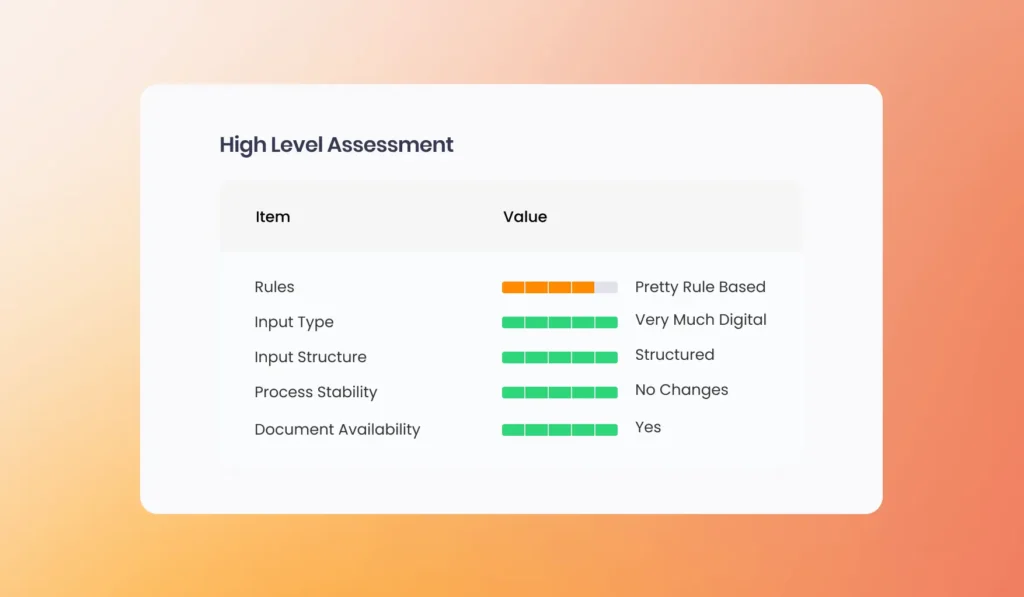
After identifying potential AI opportunities within your organization, the next step is to conduct a high-level assessment of these ideas. This stage is crucial for filtering through the collection of AI project ideas to pinpoint those that merit further exploration. The focus here is on evaluating the feasibility of each idea based on several key factors: access to data, quality, and structure of data, and the nature of the task—whether it predominantly involves following predefined rules or requires a degree of creativity and adaptability.
Evaluating Access to Data
The foundation of any successful AI project is access to relevant, high-quality data. Begin by assessing whether you have access to the data needed to train and implement the AI solution. Consider both internal data sources, such as customer databases and transaction logs, and external data sources, if applicable. If data access is restricted or the necessary data doesn’t exist, the feasibility of the project may be compromised.
Assessing Data Quality and Structure
Having access to data is just the first step; the quality and structure of that data are equally important. Evaluate at a high-level, the cleanliness, completeness, and organization of the data. High-quality data should be free from errors, inconsistencies, and missing values. Additionally, the structure of the data should align with the requirements of the AI model you plan to use. Unstructured data, such as images and text, may require different processing and modeling techniques compared to structured data, making the implementation more complex.
Determining the Nature of the Task
AI projects can generally be categorized based on the nature of the task they aim to accomplish. Some tasks involve following a set of predefined rules or patterns, making them more straightforward for AI to handle. Examples include categorizing emails, automating repetitive tasks, or identifying specific data patterns. These projects are often more feasible because the rules can be clearly defined and programmed into the AI model.
On the other hand, tasks that require creativity, judgment, or adaptability pose a greater challenge. These tasks might include generating new content, making complex decisions based on incomplete information, or learning from ambiguous data. While not impossible, these projects typically require more advanced AI techniques, such as generative AI or deep learning, and may involve a higher level of uncertainty regarding their feasibility and outcomes.
Making Preliminary Judgments
At this stage of AI Lifecycle Management, the goal is not to achieve 100% perfect accuracy in your high-level AI assessments but rather to make educated guesses based on the information at hand. This up-front filtering process helps prioritize AI ideas that are not only aligned with your organization’s goals but also stand a reasonable chance of being successfully implemented given your organization’s data and technical capabilities.
By quickly evaluating each AI project idea against these criteria, you can identify the most promising opportunities that warrant a further, detailed assessment. This high-level assessment is a critical step in ensuring that resources are allocated efficiently, focusing efforts on AI projects with the highest potential for impact and feasibility.
Stage 3: Detailed AI Assessment and Prioritization
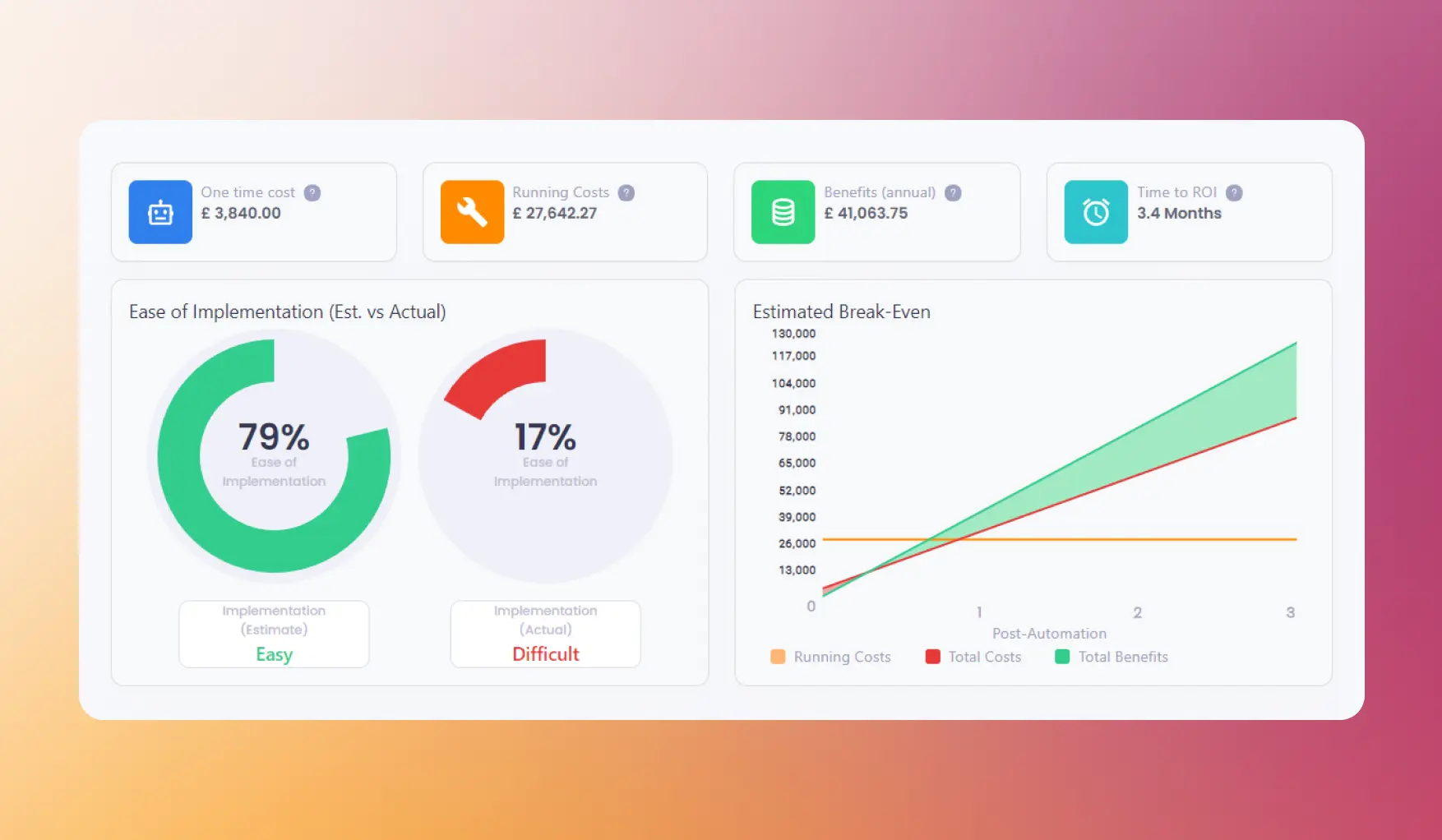
Once you’ve narrowed down your list of AI project ideas through a high-level assessment, it’s time to dive deeper with a detailed analysis. This stage of AI Lifecycle Management is about evaluating the technical and business feasibility of each project. From understanding the potential benefits, such as time and cost savings, to the complexities involved in implementation. Conducting a risk assessment to identify potential pitfalls early on is also crucial for preparing a robust strategy.
Assessing Technical and Business Feasibility
Technical feasibility involves determining whether you have the right technology, infrastructure, and expertise to develop and deploy the AI solution. Consider the following:
- Technology and Infrastructure: Do you have the necessary hardware and software? Is your current IT infrastructure capable of supporting the AI solution, or will upgrades be required?
- Expertise: Assess whether your team possesses the required skills or if you need to hire new talent or seek external partnerships.
- Data Readiness: Beyond having access to quality data, consider the effort required to prepare the data for AI processing, including cleaning, labeling, and structuring.
Business feasibility, on the other hand, focuses on the alignment of the AI project with your organization’s strategic goals and the potential return on investment (ROI). Key considerations include:
- Alignment with Business Objectives: Ensure the project supports your broader business goals, whether it’s enhancing customer experience, improving operational efficiency, or driving revenue growth.
- ROI Analysis: Estimate the potential financial benefits, including cost savings and revenue increases, against the projected costs of development, deployment, and maintenance.
Evaluating Time and Cost Savings
A key part of AI Lifecycle Management is quantifying the potential time and Full-Time Equivalent (FTE) savings for justifying the investment in an AI project. Calculate the current costs associated with manual human effort and compare them to the estimated efficiency gains from automating these processes with AI. Consider both direct savings, such as reduced labor costs, and indirect savings, like faster turnaround times leading to improved customer satisfaction.
Understanding Complexity of Implementation
The complexity of implementing an AI project can vary widely based on the specific technology and the scope of the project. Factors to consider include:
- Development Complexity: Some AI projects, especially those involving custom-built models or cutting-edge technology, may be more complex and time-consuming to develop.
- Integration Needs: Assess the extent to which the AI solution needs to integrate with existing systems and workflows. Complex integrations can significantly impact the project timeline and costs.
- Scalability: Consider how easily the AI solution can be scaled across the organization and what challenges might arise during scaling.
Risk Assessment: Identifying Potential Pitfalls Early On
Identifying potential risks at the outset allows you to mitigate them effectively. Key risk areas include:
- Data Privacy and Security: Ensure compliance with data protection regulations and assess the security risks associated with handling sensitive data.
- Technology Risks: Consider the risks related to the chosen AI technology, including model accuracy, bias, and the potential for unintended consequences.
- Change Management: The introduction of AI can disrupt existing processes and require significant changes in how employees work. Assess the readiness of your organization to adopt these changes and plan for effective change management.
It’s often overlooked or made too complicated, but performing a Detailed Assessment of technical and business feasibility, time and cost savings, complexity of implementation, and potential risks helps get the buy-in from the right stakeholders. It also allows you to make informed decisions about which AI projects to pursue, and which would be best suited to automation or process improvement. This thorough evaluation ensures that the selected projects are not only technically viable but also strategically aligned with your organization’s goals and capable of delivering significant value.
Stage 4: Deciding Whether to Build or Buy an AI Solution
A critical decision in the AI project lifecycle is whether to develop a custom AI solution in-house (build) or to purchase a pre-existing solution from a vendor (buy). This decision hinges on the detailed analysis conducted in earlier stages, particularly assessments of internal capabilities, skills, and knowledge.
Internal Capabilities and Resources: Evaluate your organization’s current technical infrastructure and resources. If you possess advanced AI capabilities, and a center of excellence that includes experienced data scientists and access to necessary computational resources, building a custom solution might be feasible. This approach offers greater control over the solution and the flexibility to tailor it to your specific needs.
Skills and Knowledge: Consider the level of AI expertise within your organization. Building an AI solution requires a deep understanding of machine learning algorithms, data engineering, and domain-specific knowledge. If your Center of Excellence team lacks this expertise, the learning curve and time investment may be prohibitive, making buying a more practical option.
Cost and Time Considerations: Building a custom AI solution can be time-consuming and expensive, requiring significant upfront investment in research, development, and testing. Purchasing a pre-built solution can accelerate deployment and offer a clearer understanding of costs from the outset.
Regulatory readiness: When deciding between building or buying an AI solution, regulatory compliance emerges as a pivotal factor, particularly for sectors like healthcare and finance where regulations are stringent. For example, the cost of neglecting governance under the EU AI Act could be between 1.5-7% of your global revenue – yes, global. Opting for a pre-built solution from a vendor can alleviate the burden of compliance, as these solutions often come ready-made to meet industry standards. Assess your organization’s internal capabilities to handle regulatory requirements and consider the costs associated with maintaining compliance. If your team lacks the expertise or resources to navigate the regulatory landscape, purchasing a solution may prove to be a more efficient and cost-effective route.
Ultimately, the decision to build or buy should align with your organization’s strategic goals, budget, and timeline, ensuring that the chosen path offers the best chance of project success and ROI. For more on the topic, check out this article from CIO: Should you build or buy generative AI?
End of Part 1

Navigating the early phases of AI Lifecycle Management lays the groundwork for adopting AI in a way that’s both impactful and responsible. We’ve journeyed from ideation and finding use cases, to assessments and cost-benefit analysis, to the crucial decision on whether to build or buy AI solutions. Align AI initiatives with your organization’s strategic goals and ethical guidelines. As the AI landscape evolves, it’s vital to remain informed and flexible.
But this is just the beginning. The upcoming Part 2 of this AI Lifecycle Management guide will delve into the planning, prototyping, development, KPIs to track, and the essential steps of monitoring and governance. These later stages are key to ensuring your AI projects are not only successful in meeting technical benchmarks, but also adhere to the highest standards of ethics, responsibility, and regulations.
Interested in applying these strategies in your organization?
Reserve your spot to get tailored advice on AI Lifecycle Management and see how our SilkFlo platform can guide your strategy for better outcomes.

